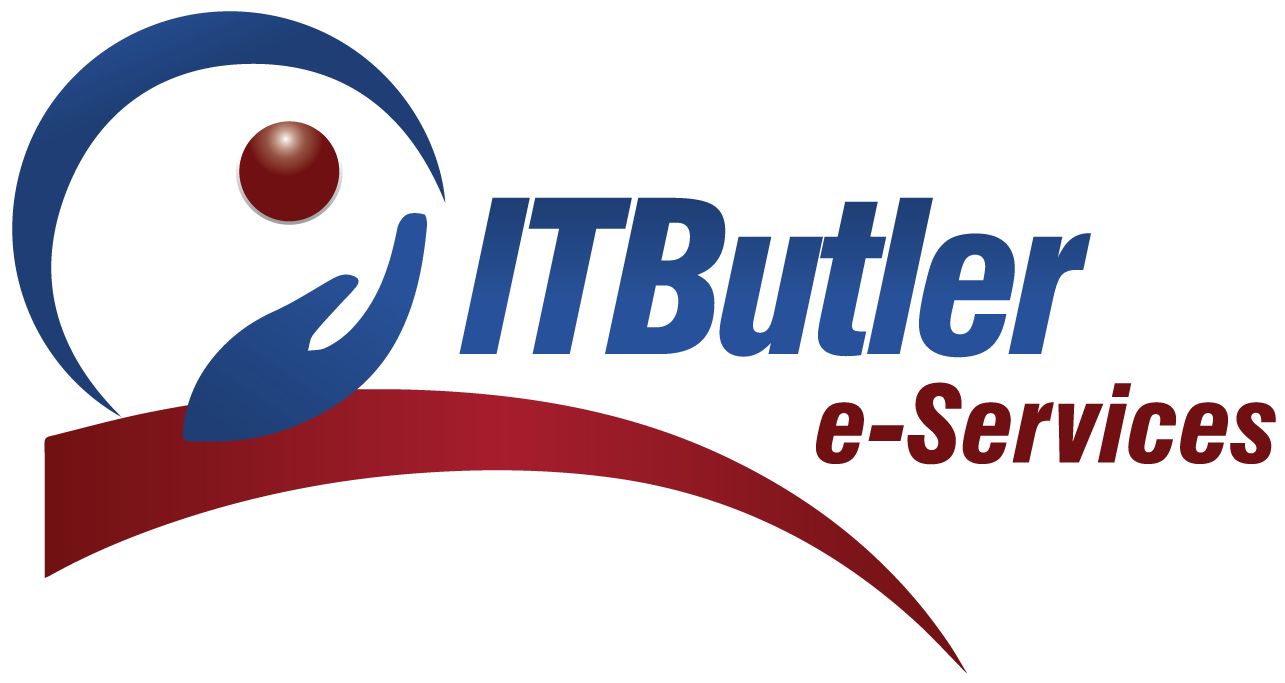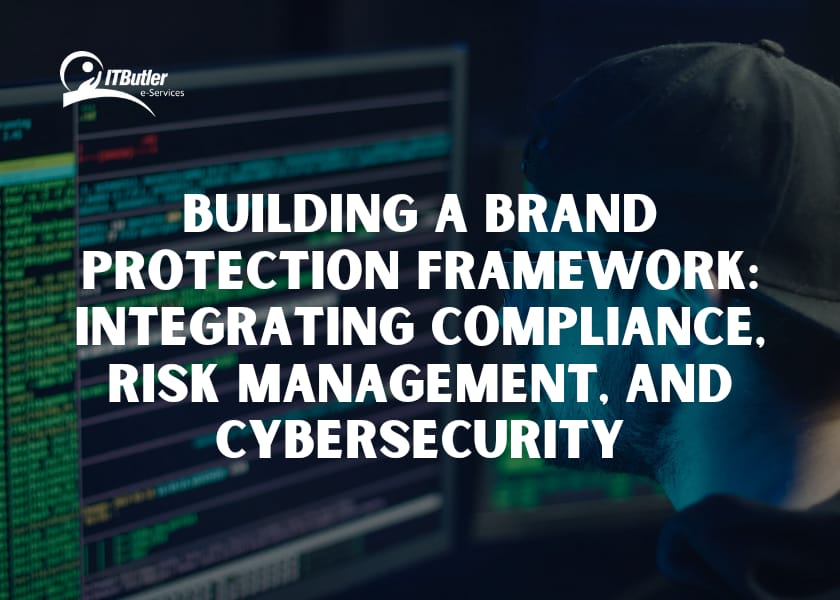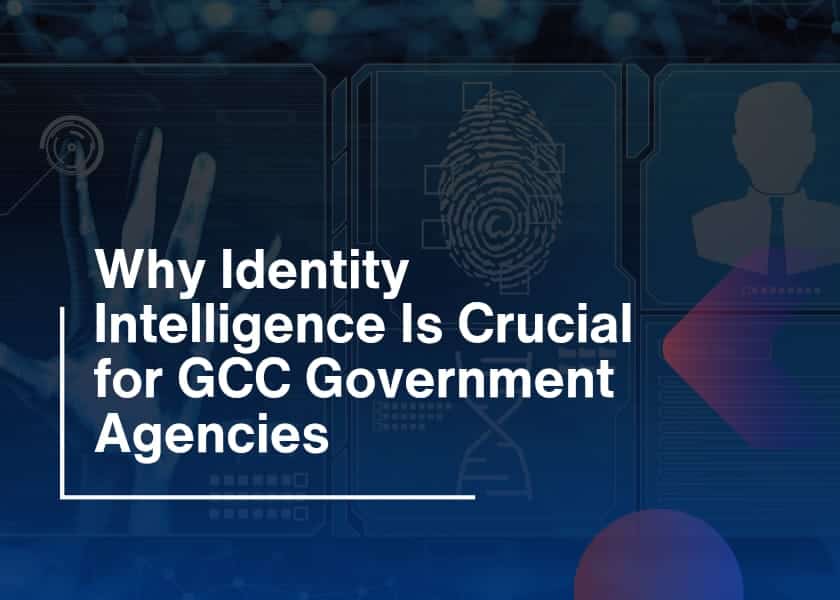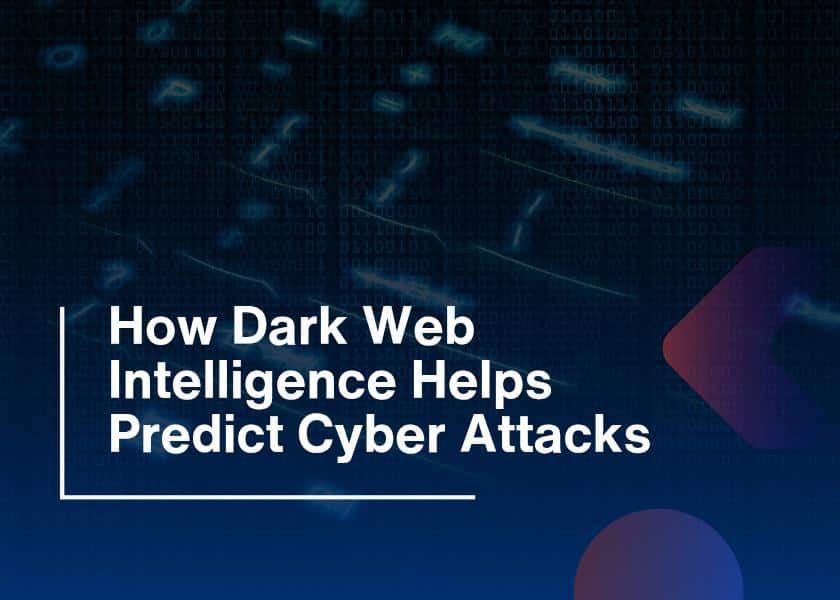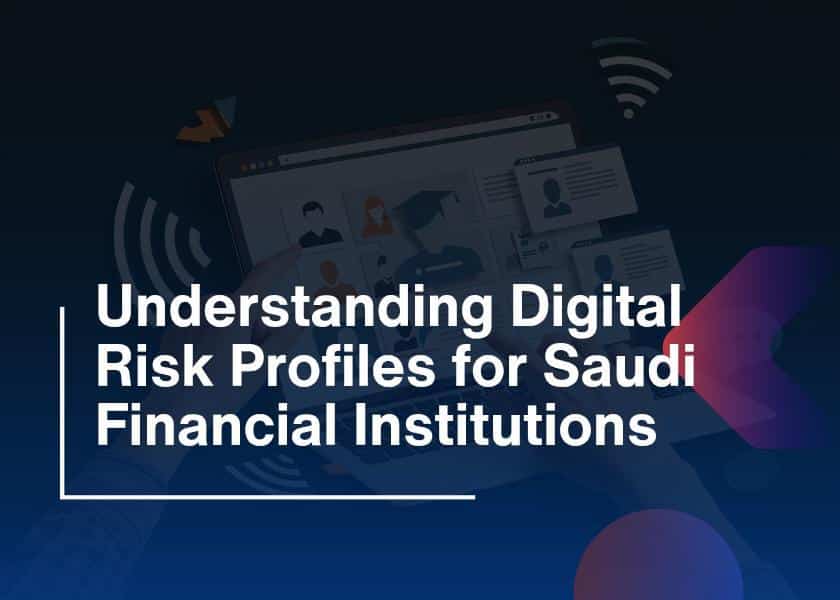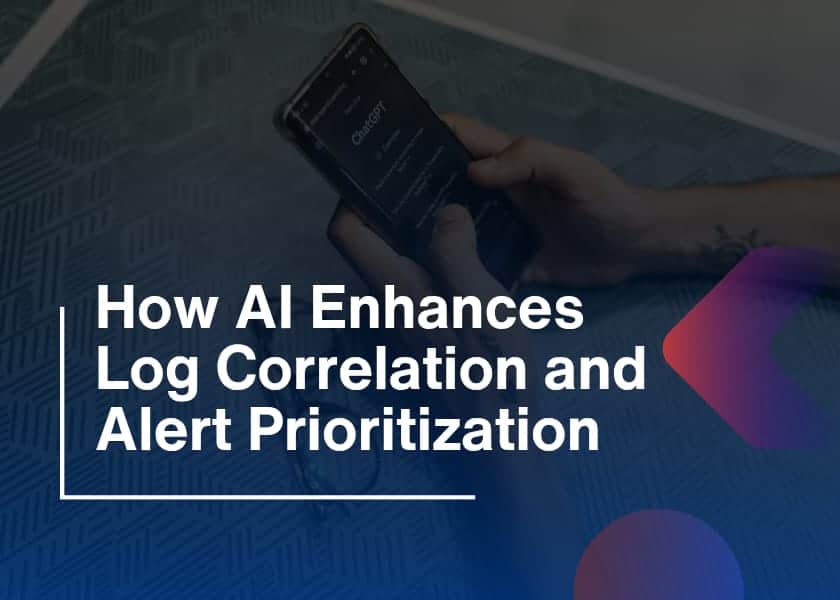Imagine your brand is a blooming kingdom. The pennons are flying, and devotees are cheering. But invaders-in this case, hackers, scandals, or legal pitfalls-storming the gates. So without the proper defenses, your brand’s castle will crumble overnight. However, threats to reputation, data, and compliance are everywhere in today’s world. One wrong move means millions lost, not in money but in trust. That is why a brand protection framework must be built-it is not optional anymore.
This guide will walk you through how to integrate compliance, risk management, and cybersecurity into a solid defense plan. So are you ready to guard your brand like a pro?
Why Your Brand Needs a Protection Framework
Imagine your brand is a castle. But if it doesn’t have a moat, guards, and a good gate, then it is open season for invaders. But a brand protection framework is the moat, the gate, and the guards all in one. It ensures the following:
- Your brand reputation remains untainted.
- You observe all legal and regulatory requirements.
- Risks are minimized before they turn into full-blown disasters.
Lastly, this is like leaving your house open with a neon sign blinking, saying “Take what you want!
Compliance for Brand Protection Framework
Think of compliance as the rules of the road. If you’re speeding through a red light, there’s bound to be chaos. Similarly, without compliance for brand protection, your business risks fines, lawsuits, or worst of all a damaged reputation.
Key Areas of Compliance for Brand Protection
- Data Privacy Regulations: Follow laws like GDPR, CCPA, or your local equivalents to ensure customer trust.
- Advertising Standards: However, do not make claims that cannot be supported. “World’s Best Coffee”? If you can’t prove it, dial it back.
- Cybersecurity Compliance: Adhere to standards to protect your sensitive information and your digital assets.
Hence, Over-compliance is a good thing but no one has ever been sued for being too ethical.

Risk Management for Brands
Risk management is like carrying an umbrella on a cloudy day. Sure, you might look paranoid, but you’ll thank yourself when it pours. Therefore, a solid risk management strategy identifies potential threats to your brand and prepares you to handle them.
Common Risks to Brands
- Reputational Damage: However, one bad tweet can undo years of hard work.
- Operational Risks: Supply chain disruption can damage your brand’s reliability
- Cyber Threats: Hackers love brands that do not secure their systems.
Step to Manage Risks
- Risk Identification: map out every “what if” scenario.
- Impact Evaluation: prioritize risks based on the potential they cause.
- Mitigation: Keep plans in place to get issues addressed before they gain momentum.
Remember: Risk management is like flossing—painful to do but worth it in the long run.
Why Cybersecurity Matters for Brands?
- Customer Trust: If customers don’t feel safe, they’ll shop elsewhere.
- Regulatory Fines: As data breaches can lead to hefty penalties.
- Business Continuity: Downtime during an attack can hurt your bottom line.
Integrated Cybersecurity Solutions
1. Firewalls and Encryption: Think of these as high-tech locks on your doors.
2. Employee Training: Your weakest link is an untrained employee clicking on a phishing email.
3. Incident Response Plan: Thus, Prepared for action when things go sour-and they likely will.
Compliance, Risk and Cybersecurity Integration
Now that we have examined the three largest pillars of brand protection, it is time to combine these ideas into a model. However, it’s as equally essential as 1+1 is to make it equal 2. But well, not exactly necessary but in the same way every ingredient in the cake makes the difference.
Step 1: Set Clear Goals
This is where you can’t ‘lose sight’ of the object of protection, what, specifically, are you trying to protect? However, what do your customers mean to you? Your reputation? Your inventions, ideas, creations? Or all of it? Be specific.
Step 2: Integrated Cross-Function Team
Find a way to make it easier to get your compliance, risk management, and IT people to communicate. So these issues are worthless when people say that silos are for barns, not businesses.
Step 3: Use Technology
Invest in a tool that combines compliance monitoring, risk assessment, and cybersecurity in one dashboard. Because automation is your friend here.
Step 4: Regular Updates
Threats change so should you. Therefore, periodically review and modify your strategy.
Real-life brand disasters-Lessons learned
- The Social Media Slip-Up: One careless tweet from a major fast-food chain led to a PR nightmare. Lesson? Train your team.
- The Data Breach Debacle: A popular retailer lost millions in fines and trust because it failed to protect customer data.
- Compliance Catastrophe: A cosmetic company sparked controversy with misleading advertisements, proving that the truth is always the best.
Hence, these stories are not merely cautionary tales, but reminders of vigilance.
Measuring the Success of Brand Protection Framework
Building a framework is one thing, but how do you know it’s working?
1. Fewer Incidents: If your inbox is free of angry customer emails, you’re doing something right.
2. Better Trust Metrics: Track customer reviews and loyalty.
3. Good Compliance Audits: Passing through audits with flying colors is an excellent sign.
Conclusion
Brand protection framework is not the case of ‘check the boxes.’ However, it is about creating the right pillars for the business’s brand. What you’re doing here is not simply safeguarding enterprise instead you are building credibility with your patrons, investors, and collaborators. This all can be done with proper compliance, risk management integration.
As a rule, each action towards brand protection contributes to its sustainable development and increased resistance. Though it is always best that you don’t wait until something happens to you before you take the action. But act as The Proactive NT and keep your eyes open and ready to seize new challenges as they come.
As they say all things being equal when a brand is well protected. It is well on its way to invincibility. Therefore, dress up, and put your best foot forward to provide your brand with the fortress it needs. It’s for the future of your kingdom!
